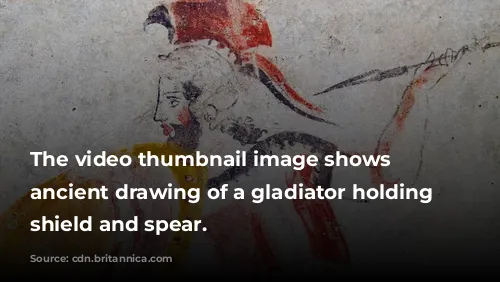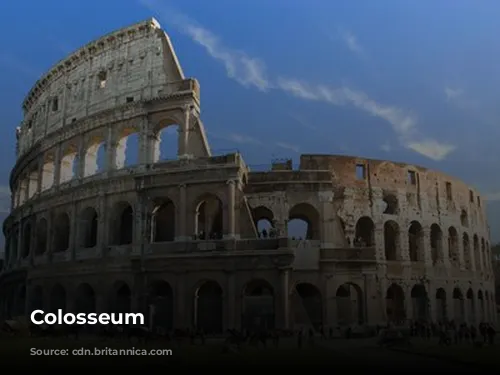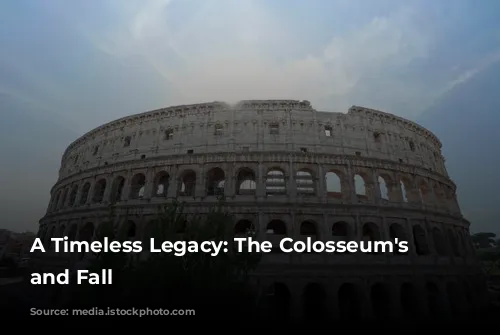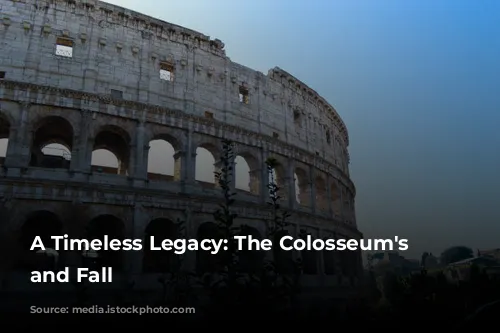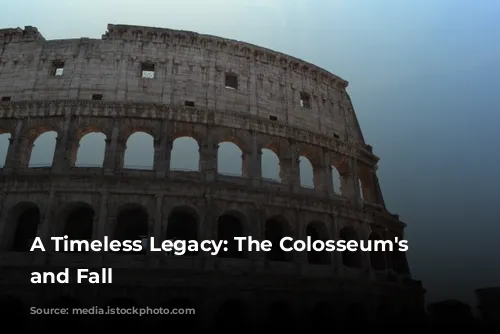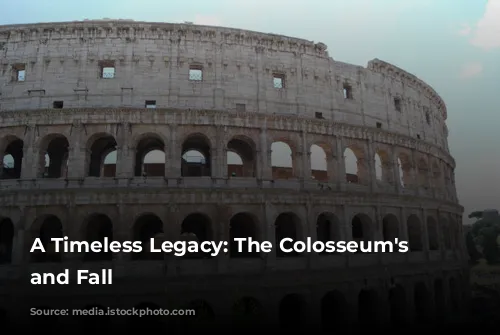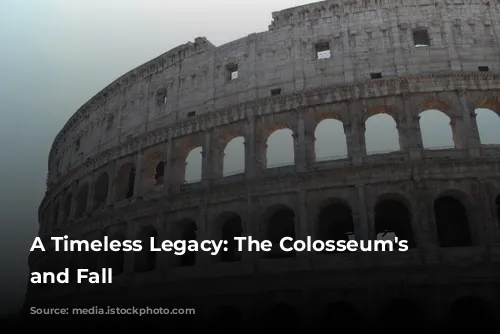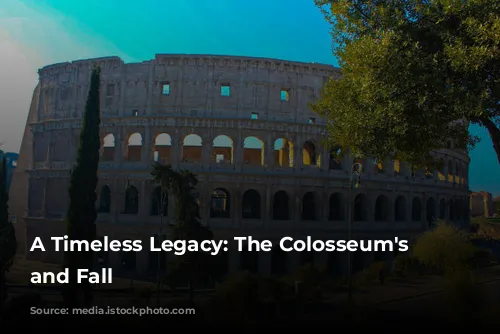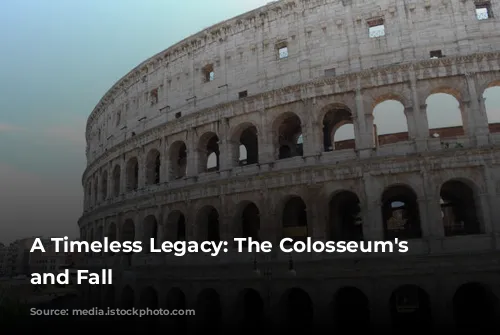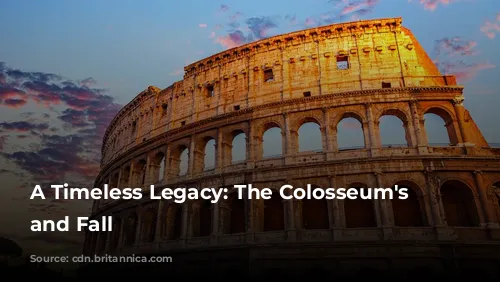The Colosseum, a symbol of ancient Rome’s grandeur and engineering prowess, stands as one of the most iconic structures in the world. This monumental amphitheater, built by the Flavian emperors, still captivates visitors with its architectural magnificence and historical significance. More than just a tourist attraction, the Colosseum generates substantial revenue for the Italian government, ranking as the country’s top tourist draw.
The Colosseum’s story is one of both glory and decline. Built during a period of imperial resurgence, it became the stage for gladiatorial combats, animal hunts, and even mock naval battles, providing entertainment to tens of thousands of Romans. Sadly, the Colosseum’s fortunes changed dramatically after the fall of the Western Roman Empire. Its grandeur fell into disrepair, and for centuries, it was treated as a mere quarry, its materials scavenged for other constructions.
A Monument to Roman Power
The Colosseum was a testament to the power and influence of the Flavian emperors. Built on the grounds of Nero’s Golden House, it replaced the tyrannical emperor’s private lake with a public space, symbolizing the shift from tyranny to the reign of the people. The Colosseum was not just an entertainment venue, but a symbol of imperial power and a way to win the hearts of the Roman people.
The structure itself is a marvel of engineering. Unlike earlier amphitheaters, which were often built into hillsides, the Colosseum was a freestanding structure of stone and concrete. Its unique design, employing a system of arches and vaults, allowed it to accommodate a massive crowd of up to 50,000 spectators. The Colosseum’s design was a testament to the ingenuity of Roman architects and engineers.
From Glory to Neglect
The Colosseum’s decline mirrored the decline of the Roman Empire itself. After the fall of the Western Roman Empire, the Colosseum fell into disrepair. Its grandeur was neglected, its stones plundered for other constructions. It was used as a fortress by the Frangipane and Annibaldi families and even served as a quarry.
For over a thousand years, the Colosseum was left to crumble, a stark reminder of the transience of empires. Even nature played its part in its demise, as lightning strikes and earthquakes caused further damage. Despite its neglect, the Colosseum remained a powerful symbol of ancient Rome.

A Resurgence of Glory
The Colosseum’s story is not solely one of decline. In the 19th century, a movement for its preservation began in earnest. The Colosseum’s significance as a symbol of Roman history was recognized, and efforts were made to protect it from further deterioration. In the 1990s, a major restoration project was undertaken, restoring the Colosseum to some of its former glory.
Today, the Colosseum stands as a testament to the resilience of history and a beacon of ancient Rome’s cultural legacy. It continues to draw millions of visitors annually, offering a glimpse into the grandeur and power of the Roman Empire. From gladiatorial combats to its current role as a symbol of cultural heritage, the Colosseum continues to resonate with the echoes of history.
